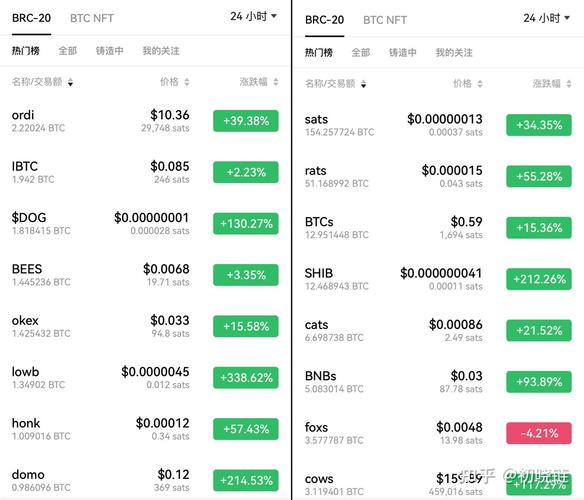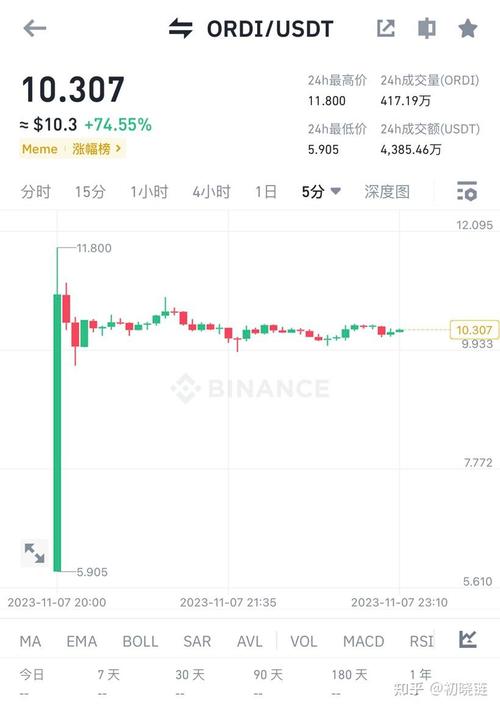
Understanding the Basics of Cryptocurrency Trading
Are you interested in exploring the world of cryptocurrency trading? If so, you’ve come to the right place. Cryptocurrency trading has become increasingly popular, especially with the rise of Litecoin (LTC) and Ethereum (ETH). In this article, we will delve into the details of trading these two digital currencies, providing you with a comprehensive guide to help you make informed decisions.
What is Litecoin (LTC)?
Litecoin, often abbreviated as LTC, is a peer-to-peer cryptocurrency that was created by Charlie Lee in 2011. It is often referred to as “silver to Bitcoin’s gold” due to its similarities with Bitcoin but with some key differences. Litecoin operates on a different blockchain technology and has a faster block generation time, which allows for quicker transactions.

Understanding Ethereum (ETH)
Ethereum, on the other hand, is a blockchain platform that enables the creation of decentralized applications (DApps) and smart contracts. It was launched in 2015 by Vitalik Buterin and has since become one of the most popular cryptocurrencies in the market. Ethereum’s native cryptocurrency is called Ether (ETH), which is used to pay for transaction fees and as a medium of exchange.
Comparing LTC and ETH: A Detailed Analysis
Now that we have a basic understanding of both Litecoin and Ethereum, let’s compare them in various aspects to help you make an informed decision.
| Aspect | Litecoin (LTC) | Ethereum (ETH) |
|---|---|---|
| Market Cap | Approx. $10 billion | Approx. $200 billion |
| Block Generation Time | 2.5 minutes | 15 seconds |
| Transaction Fees | Lower than ETH | Higher than LTC |
| Use Case | Payment and transaction processing | Smart contracts and DApps |
Market Performance
When it comes to market performance, both Litecoin and Ethereum have experienced significant growth over the years. However, their performance can vary depending on various factors such as market sentiment, technological advancements, and regulatory news.
Litecoin has seen a steady increase in its value since its inception, with some notable spikes in the past. Its market capitalization has grown from a few million dollars to over $10 billion. On the other hand, Ethereum has experienced explosive growth, with its market capitalization surpassing $200 billion. This can be attributed to its versatile platform and the increasing demand for DApps and smart contracts.

Trading Strategies
When trading Litecoin and Ethereum, it’s essential to have a well-defined strategy. Here are some key points to consider:
-
Research and analyze market trends: Keep an eye on market indicators, news, and technical analysis to make informed decisions.
-
Understand risk management: Set stop-loss and take-profit levels to minimize potential losses.
-
Stay updated with technological advancements: Both Litecoin and Ethereum are subject to technological upgrades, which can impact their value.
-
Consider diversification: Don’t put all your eggs in one basket. Diversify your portfolio to reduce risk.
Conclusion
Trading Litecoin and Ethereum can be a lucrative venture, but it requires thorough research and a well-defined strategy. By understanding the basics of these cryptocurrencies, their market performance, and trading strategies, you can make informed decisions and potentially achieve significant returns. Remember to stay updated with the latest news and trends to stay ahead in the dynamic world of cryptocurrency trading.





